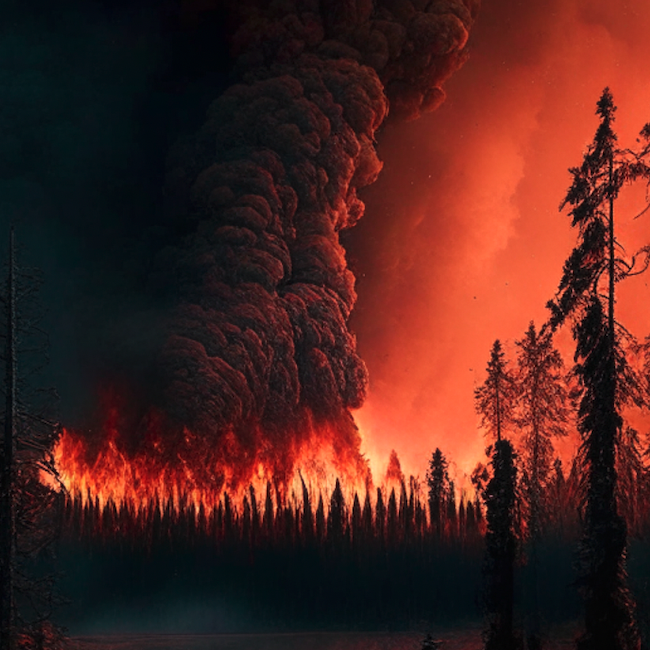In celebration of Indigenous Peoples Day and the increase of prescribed burns being conducted it seem important to recognize the long history of using prescribed burns as a land management and ecological conservation tool. This practice is deeply rooted in indigenous peoples traditional ecological knowledge and sustainable land management techniques. Prescribed fires, also known as controlled or planned burns, are a valuable tool in land management and wildfire prevention. Below are some key points about the history of Indigenous people’s use of prescribed burns:
Fire as a Tool: Indigenous communities have understood the ecological role of fire for thousands of years. They harnessed fire to shape their landscapes, promote biodiversity, and enhance food and resource availability.
Wildfire Mitigation: By regularly burning underbrush and dead vegetation, Indigenous people reduced the risk of large, catastrophic wildfires. This practice protected both their settlements and the broader landscape.
Habitat Management: Many Indigenous communities used fire to create and maintain habitats for specific plants and animals, particularly those of cultural or economic significance. For example, the use of fire to maintain oak savannas in North America.
Enhanced Resource Availability: Prescribed burns increased the availability of certain resources, such as game animals, edible plants, and specific wood types. This contributed to food security and economic well-being.
Crop Cultivation: In some regions, Indigenous communities used fire to clear land for agriculture and promote soil fertility.
Long-term Sustainability: Indigenous land management practices were often designed with long-term sustainability in mind. They understood that responsible use of fire was crucial to ensure the health of ecosystems.
Colonial Disruption: The arrival of European settlers disrupted many of these Indigenous land management practices. European colonists often suppressed the use of prescribed burns, leading to changes in ecosystems and an increased risk of larger, more destructive wildfires.
Today, there is a growing recognition of the value of integrating Indigenous knowledge and practices, including prescribed burns, into contemporary land management and conservation efforts. When conducted properly, burns offer a balanced approach to managing fire-prone landscapes and protecting both communities and natural ecosystems. Many Indigenous communities are working with governments and environmental organizations to revive these practices and restore the health of ecosystems while respecting their cultural traditions.




